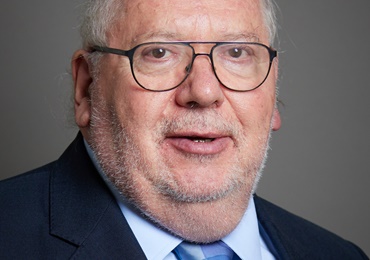How do we put reflection into practice?

Janet Hayes-Hall, Clinical Dental Adviser at the GDC, gives her hints and tips for putting reflection into practice, on the publication of the joint statement on the Benefits of becoming a reflective practitioner.
In my last blog, I discussed how reflection is centred on the idea of being an active process, rather than passive. So how do we take these ideas forward into practice?
Firstly, we need to find time for reflection, which I know can be difficult given we all have busy lives. Making a proper commitment to reflection is the first step. Be assured that the time spent will be worth it, it will help you to uncover insights about yourself and your practice
One of the most obvious and easiest ways to reflect is by writing, but there are a variety of other ways to do it. Audio or video files can be useful to record thoughts, diagrams are good for visual learners. I like to use a fishbone diagram for root cause analysis (more tips here). Alternatively, if you are artistic or a doodler you could use rich pictures or a mind map to assess yourself and your clinical practice. You should use whatever mechanism suits your learning style. There are many examples of leaning style questionnaires online, if you need to assess yours (see useful tools and references below).
Writing is an easy starting point, because writing (more so than talking or recording), allows for rewriting and redrafting, as a thought or idea is honed and developed. Writing is a private process and takes longer, allowing greater and deeper thought processes. Borrowing from Bolton's approach, here are my top tips for starting your reflection journey:
- Find yourself with half an hour of protected time when you won't be disturbed.
- Ensure you have your tea/pen paper/journal/computer or whatever else you need.
- Don't be concerned with grammar, spelling or what you are writing, as you start to write.
- Write continually for six or seven minutes about whatever comes into your head about the topic/event/course you are reflecting on.
- Review what you have written, uncritically.
- Rewrite describing only the event, course or incident, who did and said what.
You might also find this template useful, as you develop your own reflective writing.
Persistence is key
After the initial reflection, keep going, don't' be satisfied with a first response or suggestion. It's worth pausing, to think a little harder, or question a little more. Don't just describe what happened in the incident or what you learnt on the course, describe your emotions and feelings about the incident, thoughts about your patient (remember to anonymise) and the relevance of the course work to your practice.
You can take your reflection further, with the following steps:
- If it is relevant, add what you think caused the event/incident.
- Consider what resources, guidance, regulations or practice policies are impacted by the event or are relevant to what occurred.
- Does anyone else in your team need training, praise for good work or appreciation for their contribution?
Doing some further reading on reflective practice and looking at other models of reflection will also help you to refine your own reflective practice.
Other useful tools and references:
- For information on the concept of deep learning
Kettler, T., (7 August 2017), The power of reflection for deep learning.
- For more detailed guidance and exercises in reflective writing
Bolton, G. E. J., (2005), Reflective practice, writing and professional development. Sage, London, 2nd Edition (ISBN 978-1-4462-8234-2). The 3rd Edition (2010) is also available.
- For some insight into the early thinking on reflection
Dewey, J., (1910), What is thought? Chapter 1 in How we think. Lexington, Mass: D.C. Heath: 1-13.
- For some interesting articles on reflection in medicine
Centre for Evidence-Based Medicine for bulletins and courses on statistics research methods but some useful bulletins https://www.cebm.net/
- For understanding your learning style
The e-learning network (free)
Pearson, TalentLens (Honey and Mumford: Learning Style Questionnaire (priced)
 eGDC
eGDC





















